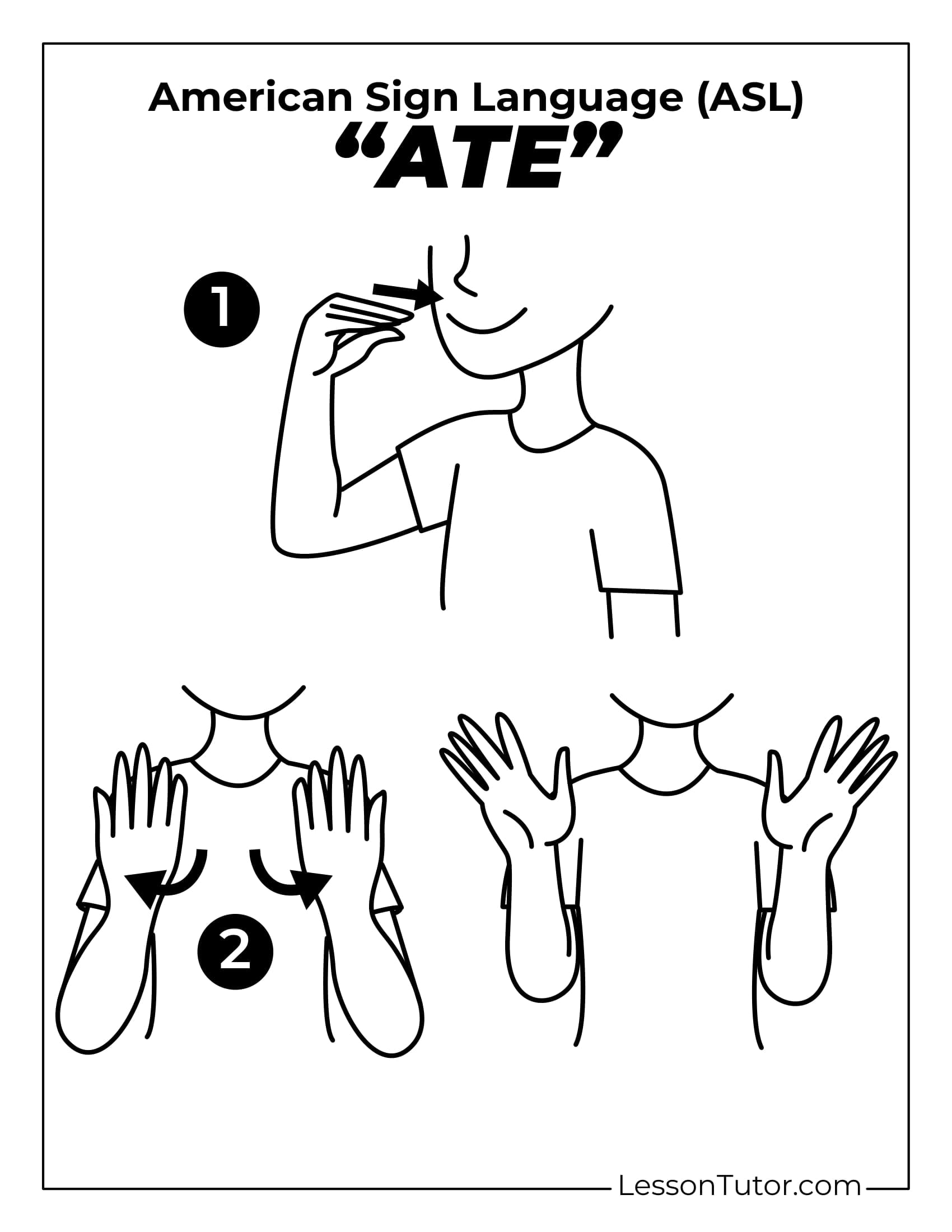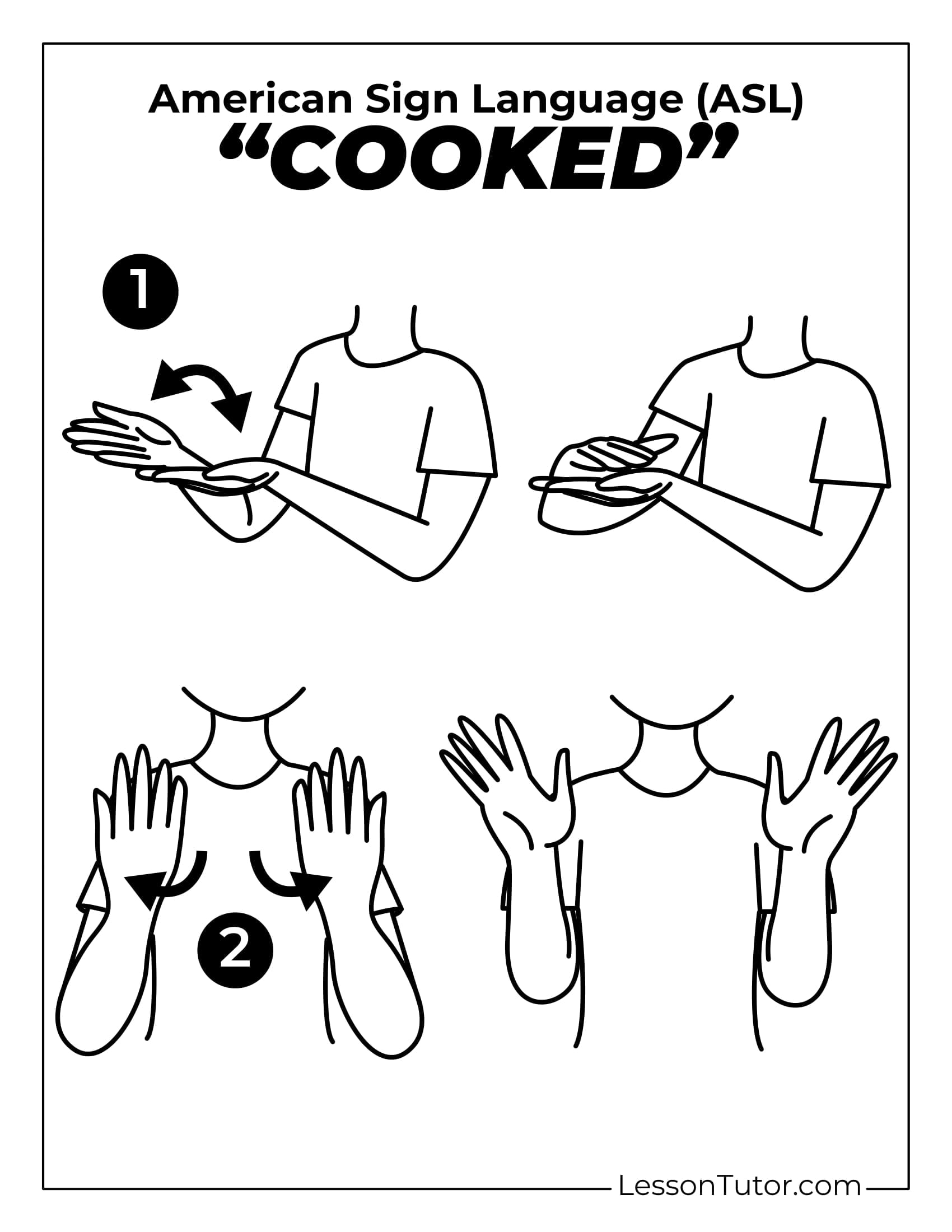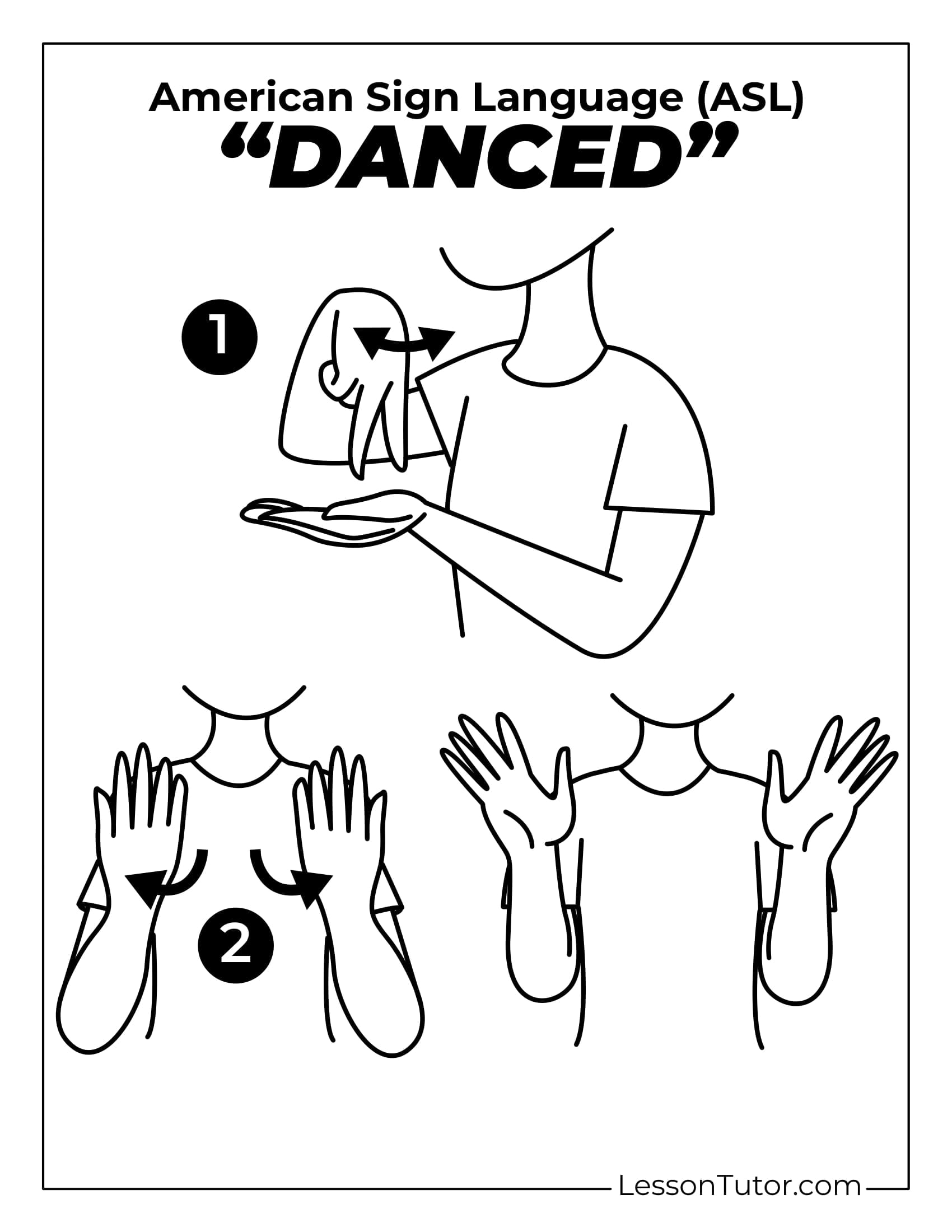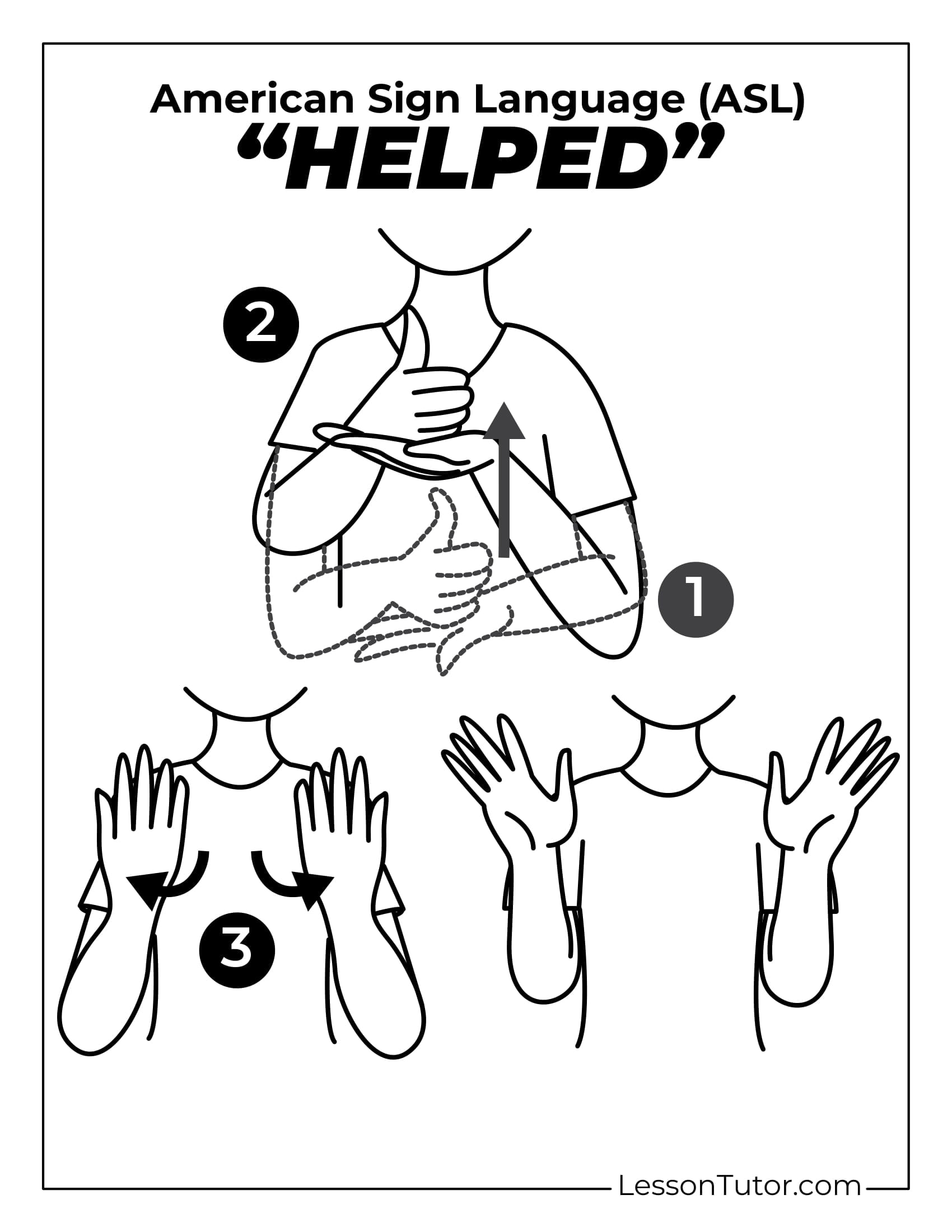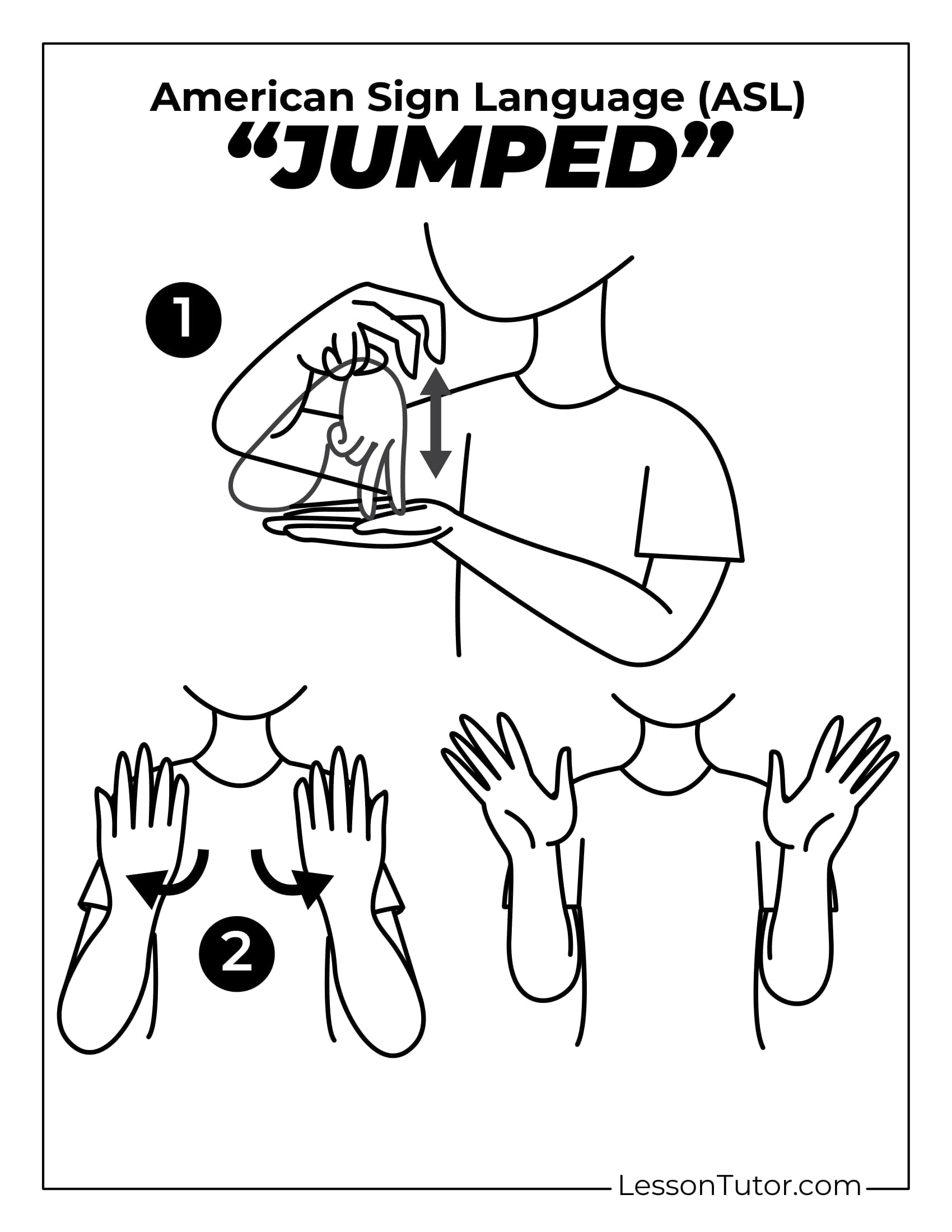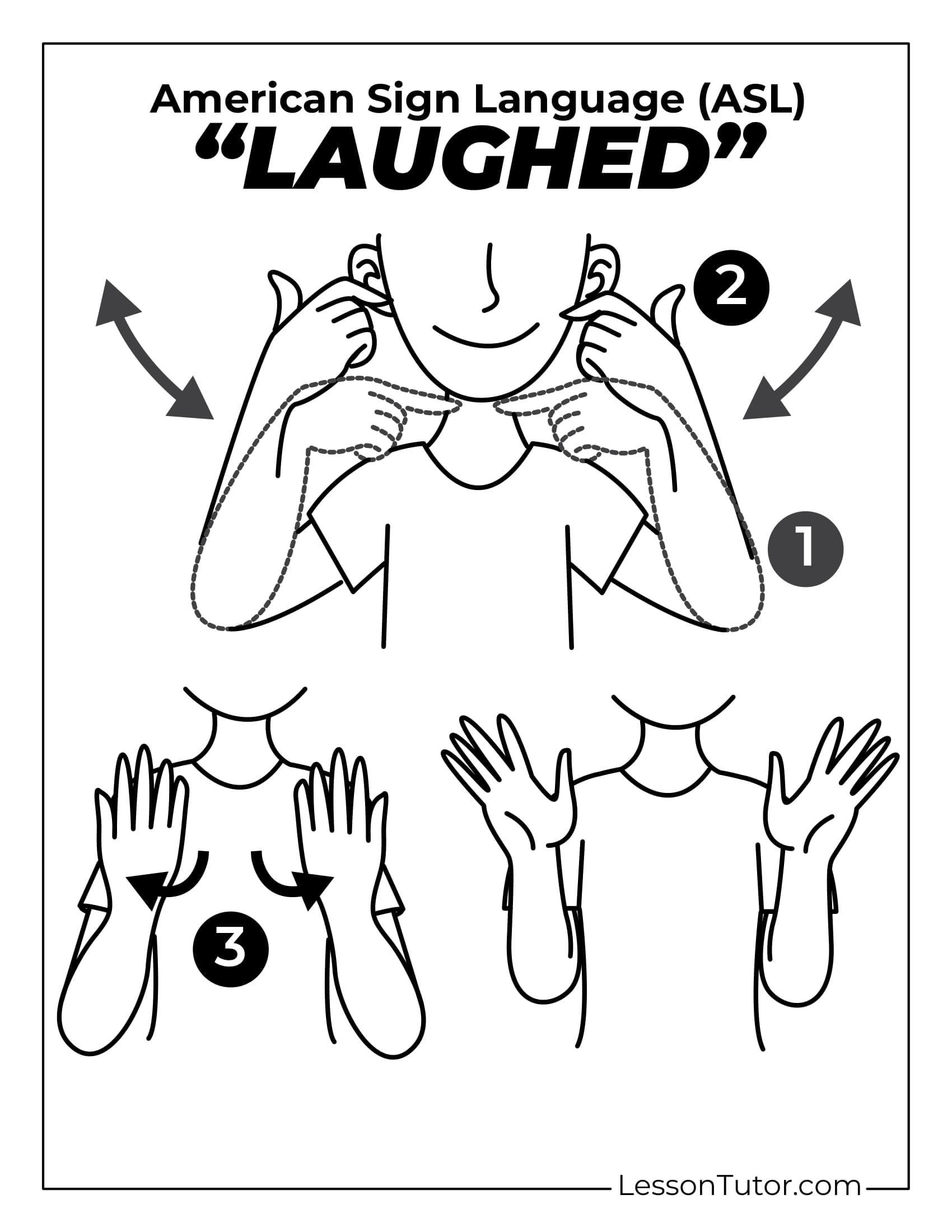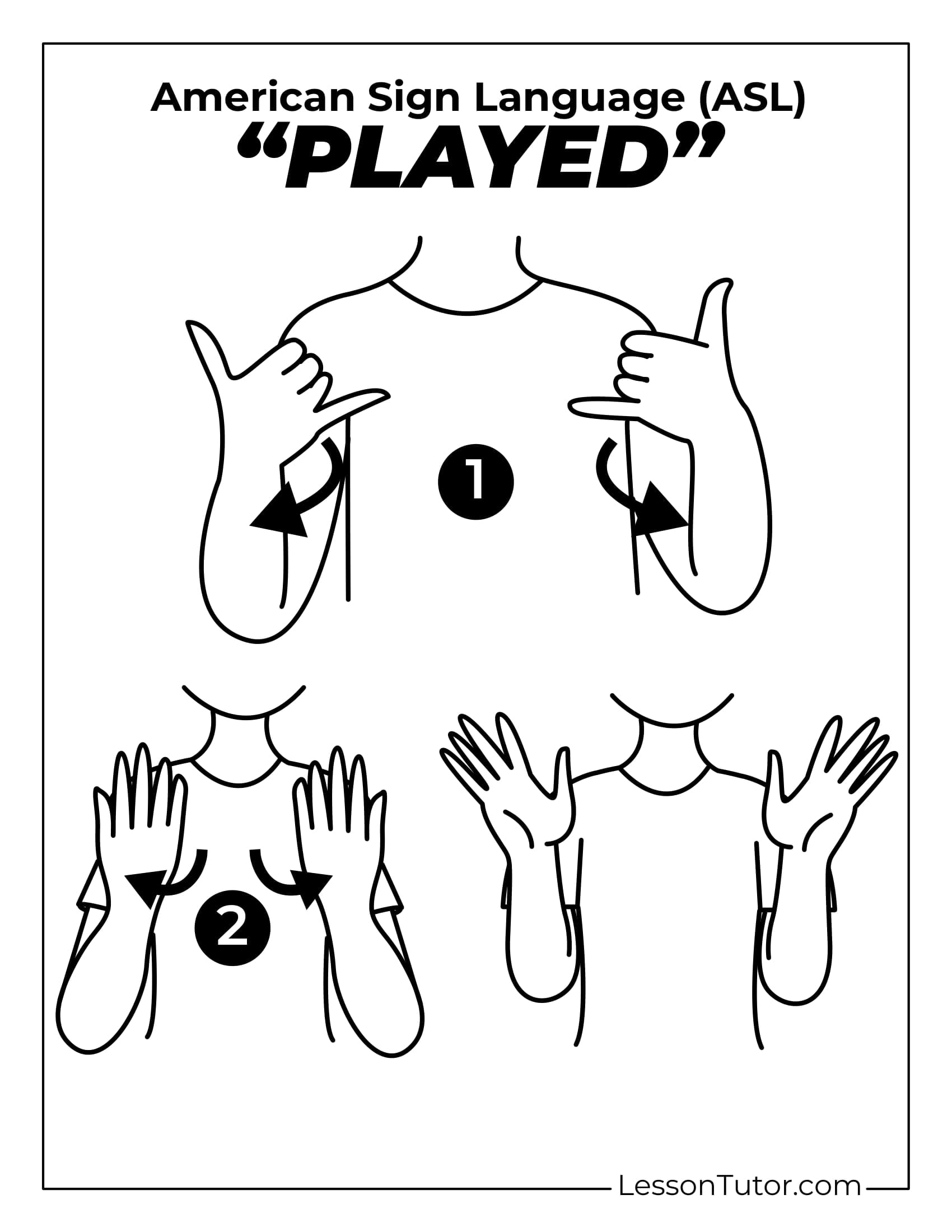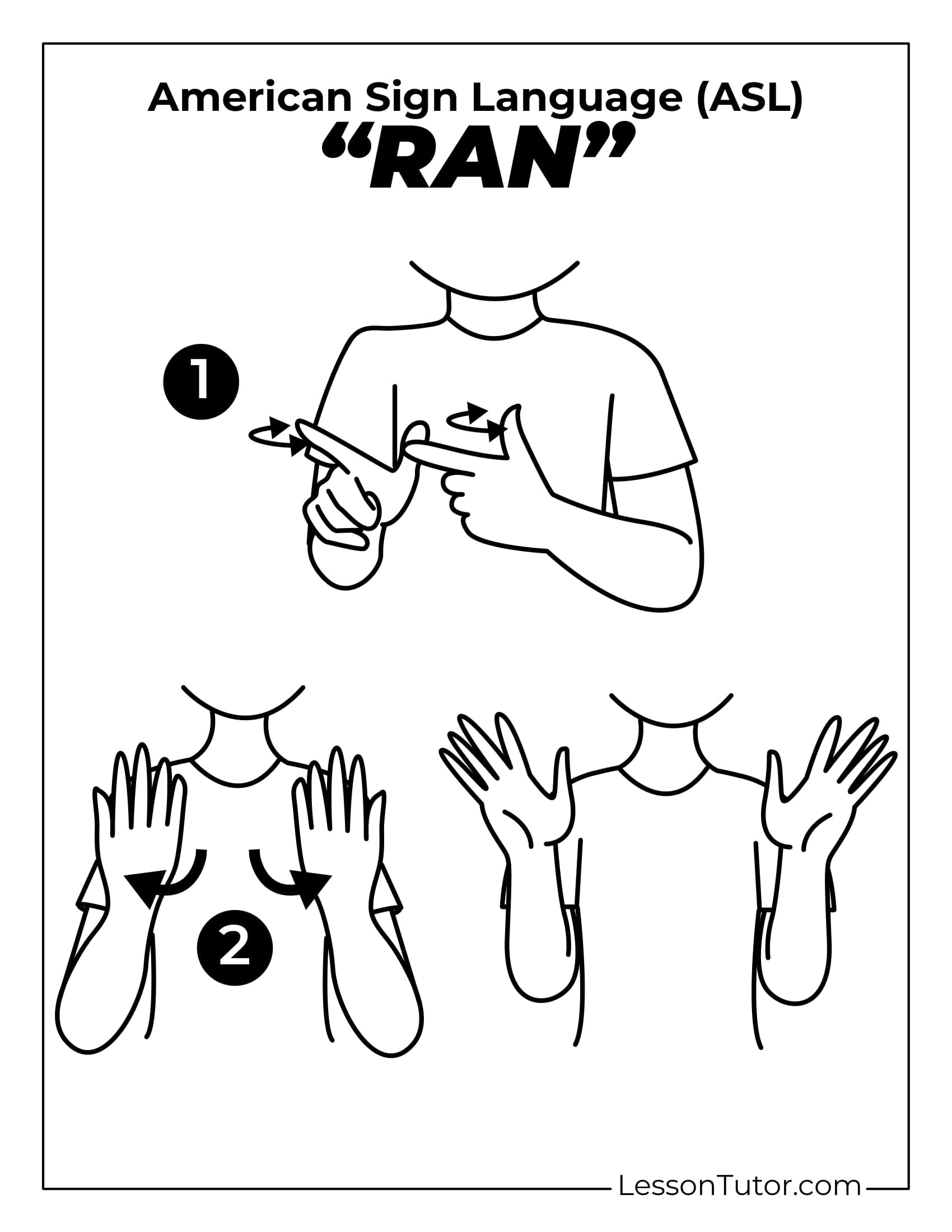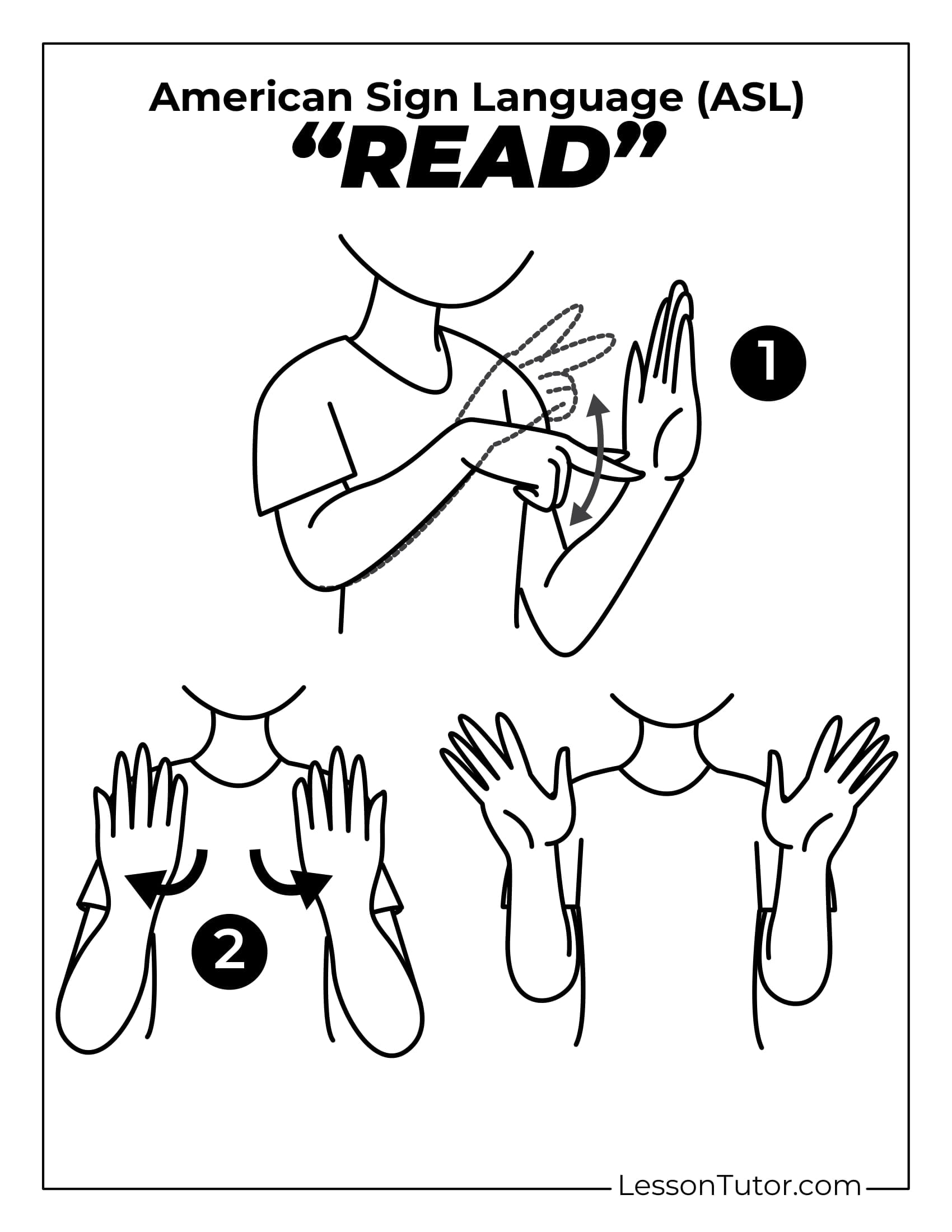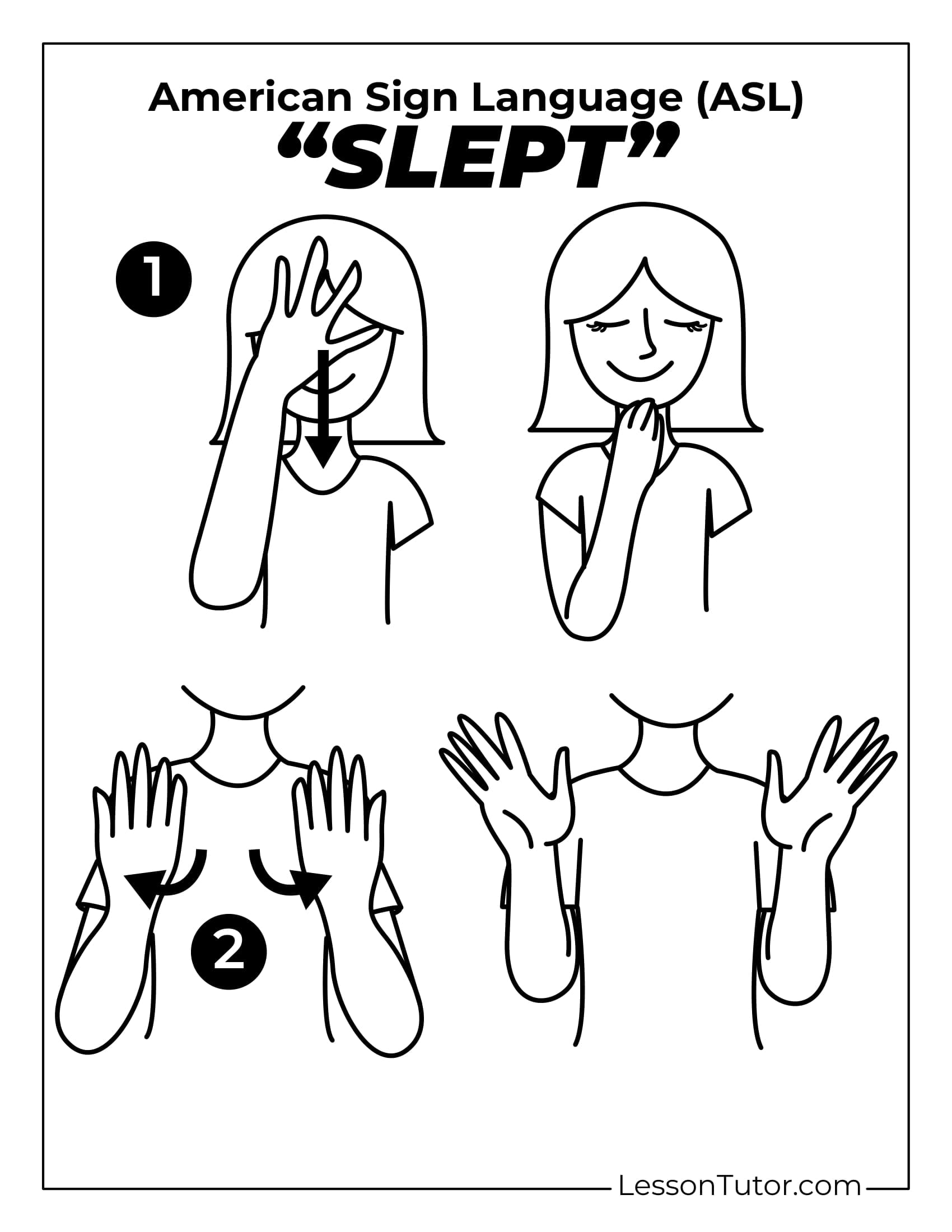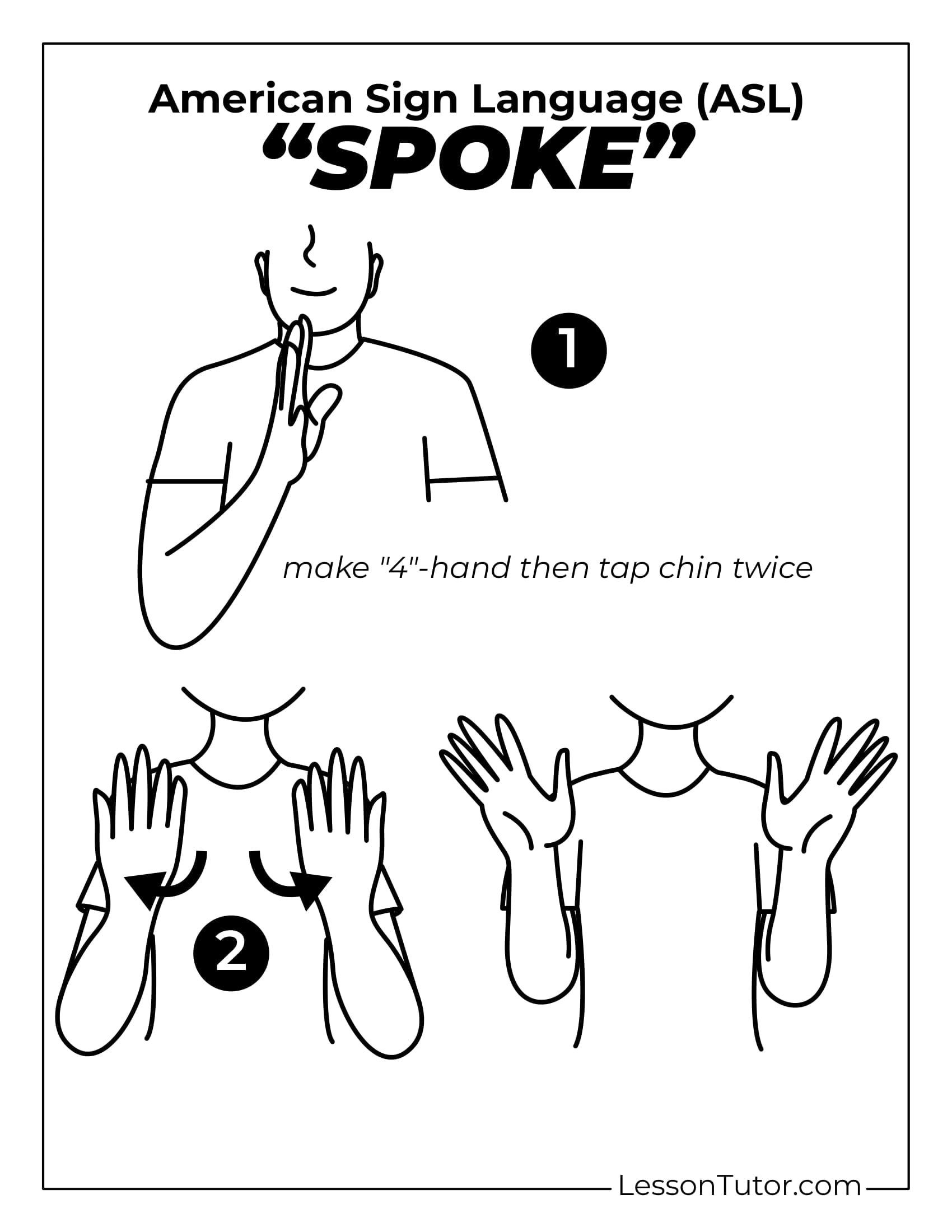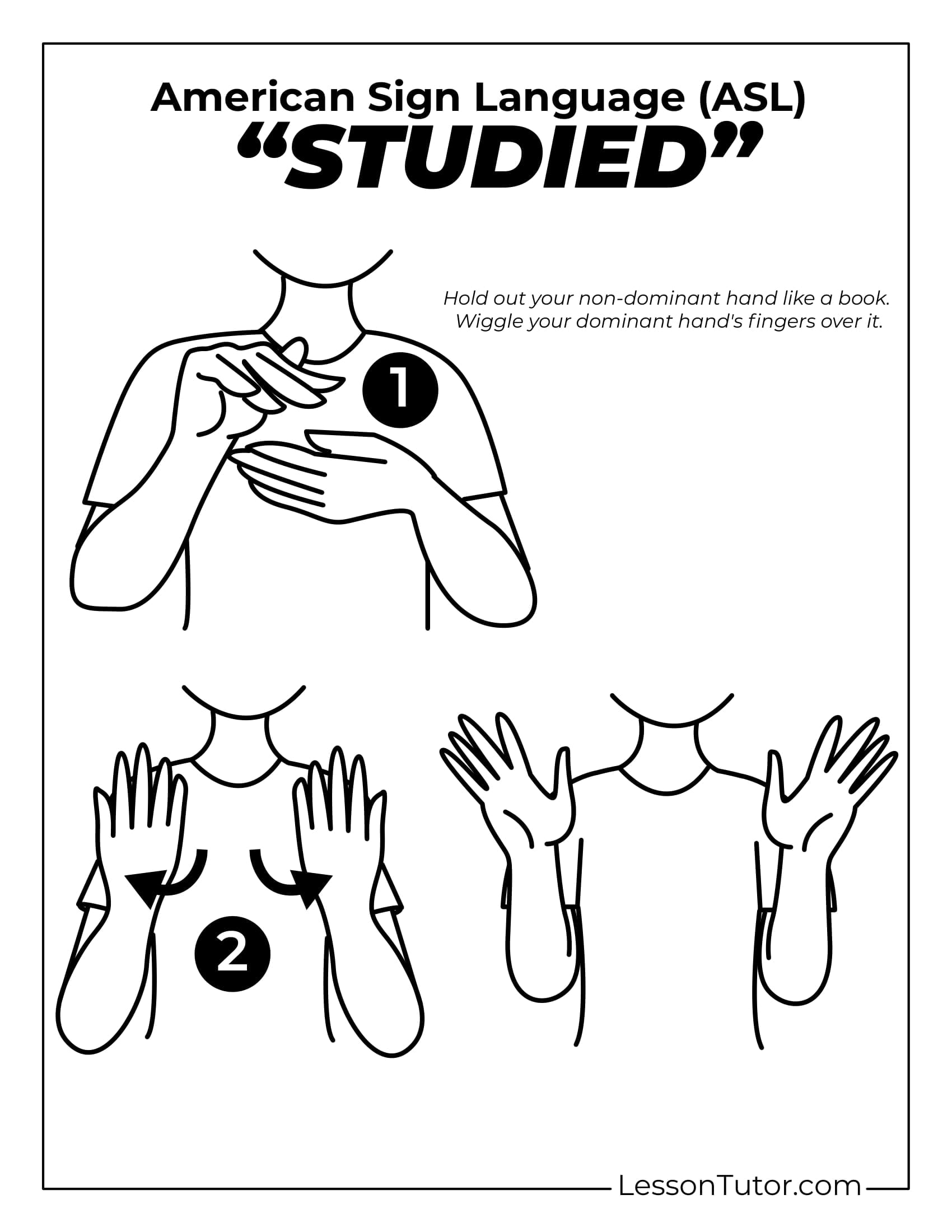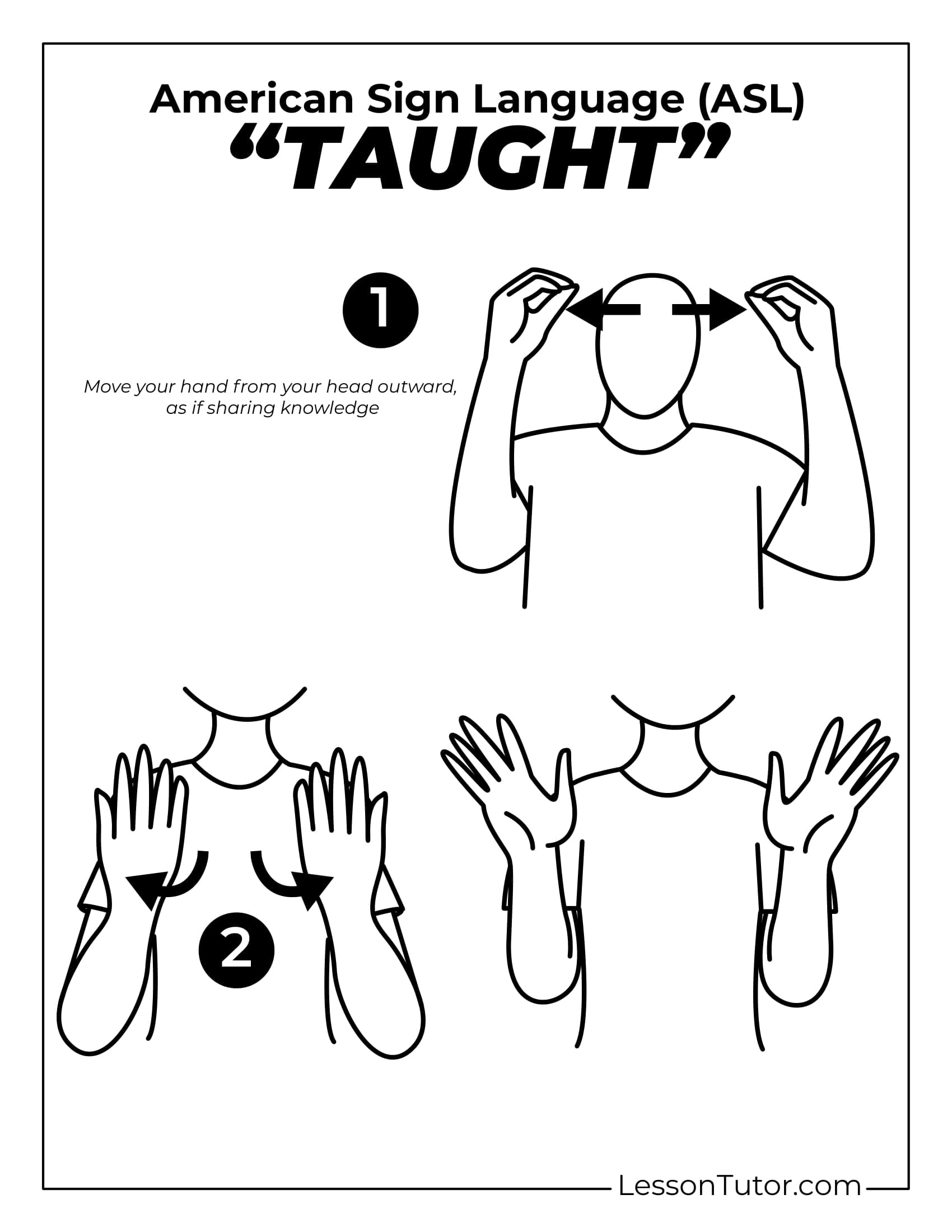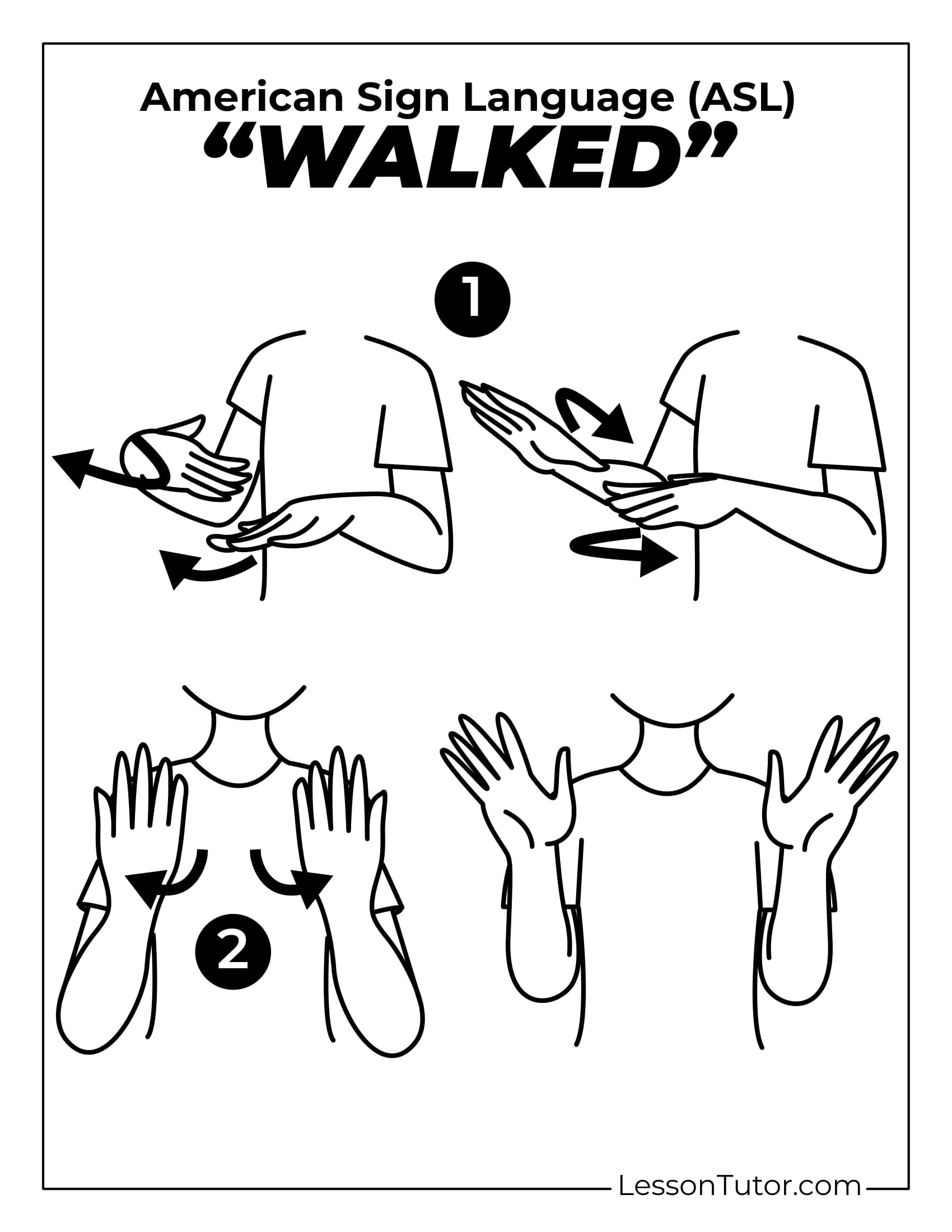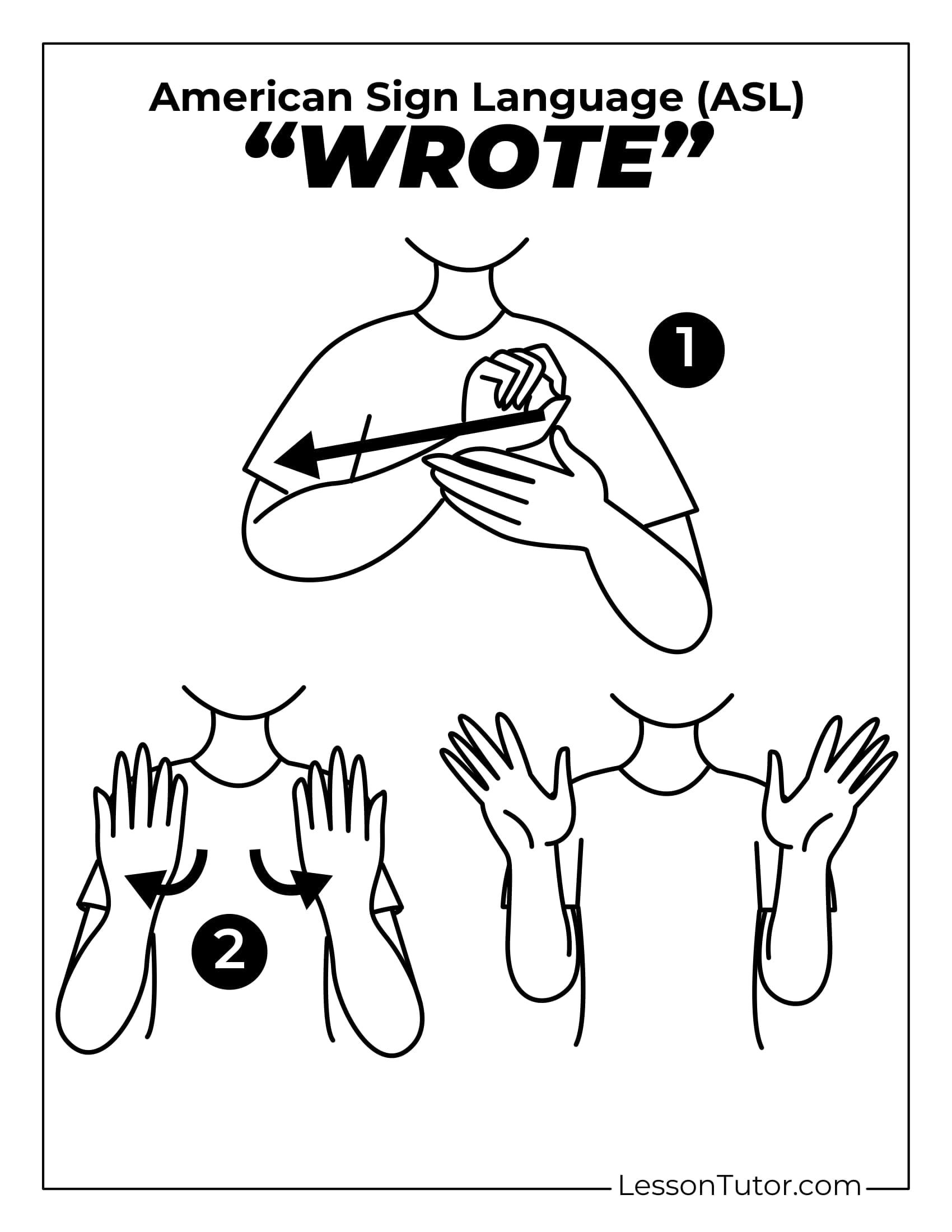Discover the past tense in American Sign Language (ASL) with this engaging collection of 15 educational worksheets! Designed for students, teachers, and ASL learners, this set provides a fun and interactive way to master essential past-tense verbs in ASL. Each worksheet features clear ASL illustrations for commonly used verbs such as walked, ran, ate, slept, and jumped, helping learners build fluency and confidence. Whether used in classrooms, homeschooling, or self-study, this collection is a great resource for reinforcing ASL skills while expanding vocabulary.

Formatted for A4 paper sizes and free to download, these 15 high-quality worksheets are perfect for teachers, parents, and ASL enthusiasts. Whether you’re introducing ASL past-tense verbs to beginners or reinforcing them for advanced learners, this printable set makes learning both fun and effective. Download now and start signing past-tense verbs with confidence!
Craft Ideas To Do With Sign Language- Past Tense Worksheets
This comprehensive set introduces a variety of past-tense verbs, including read, wrote, played, studied, danced, laughed, spoke, taught, cooked, and helped. With interactive activities, tracing exercises, and matching games, learners can engage in hands-on learning to improve sign recognition and retention. Each worksheet is carefully designed to make ASL past-tense verbs easier to learn, providing a structured and enjoyable way to practice.
More Free Printable Worksheets
If you're looking for more related worksheet goodies that kids love, we think you'll particularly enjoy these worksheet collections:






